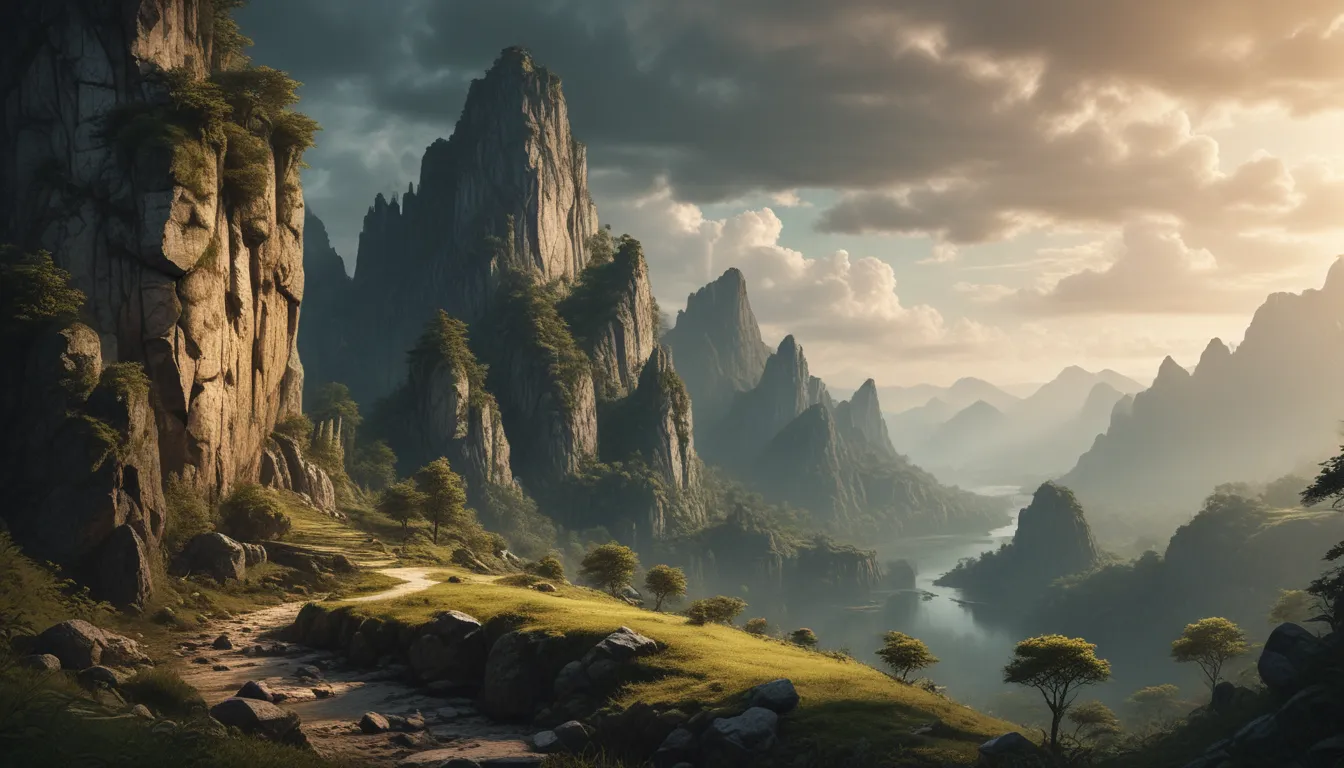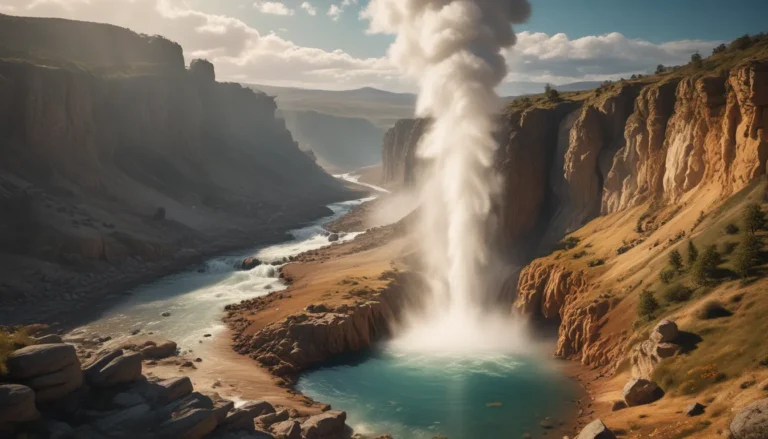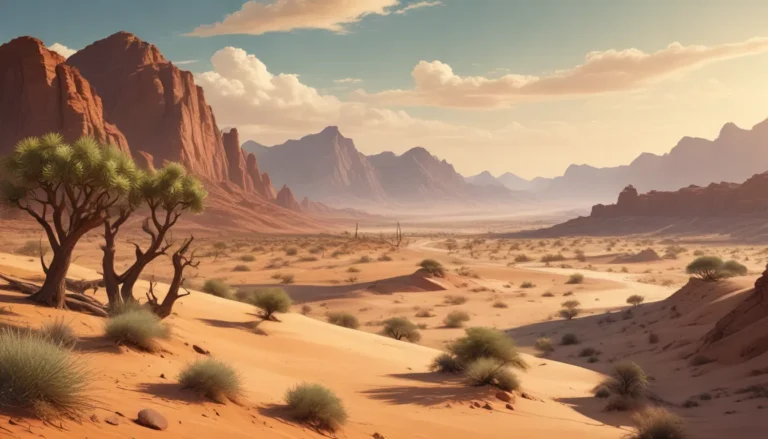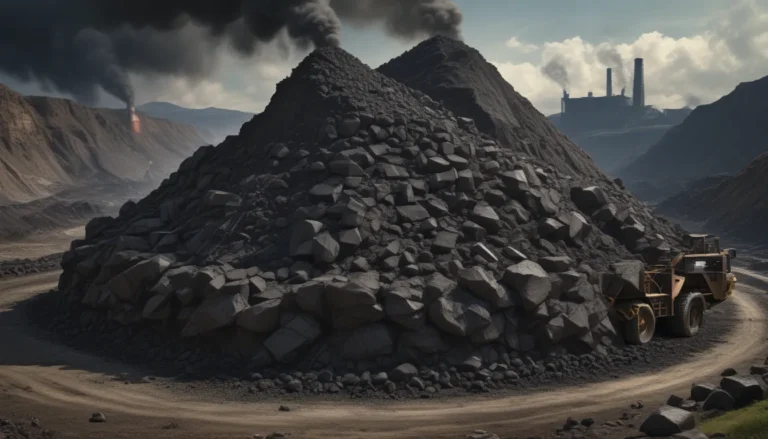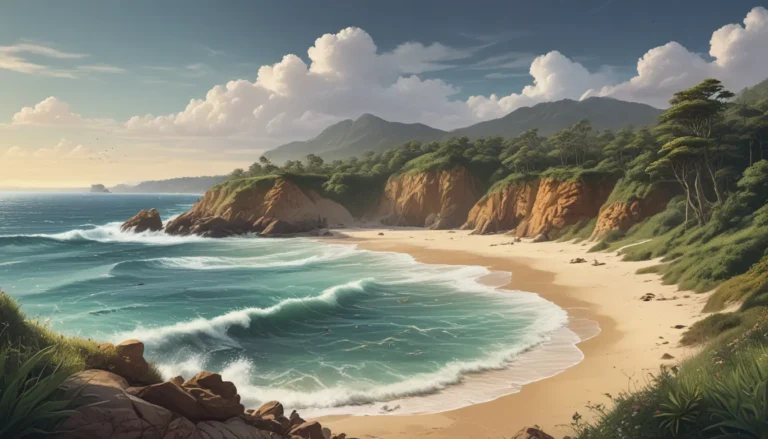A Note About Images: The images used in our articles are for illustration purposes only and may not exactly match the content. They are meant to engage readers, but the text should be relied upon for accurate information.
Are you ready to embark on a journey through the captivating realm of karst landscapes? From breathtaking caves to mesmerizing sinkholes, karst formations hold a world of wonders waiting to be discovered. In this article, we will unravel 20 mind-blowing facts about karst that will leave you in awe of the Earth’s intricate processes and the power of water erosion. Whether you are a geography enthusiast, a nature lover, or simply curious about our planet’s marvels, these facts are sure to spark your interest and inspire your sense of adventure. So, buckle up and get ready to explore the mysteries and marvels of karst landscapes from around the globe.
Unveiling the Mysteries of Karst Landscapes
Karst landscapes, characterized by soluble rocks such as limestone, dolomite, and gypsum, create awe-inspiring geological features such as caves, sinkholes, and underground river systems. These unique formations not only offer breathtaking views but also serve as vital water resources and host diverse ecosystems, making them a beacon for nature enthusiasts and scientists alike.
The Origins of “Karst”
The term “karst” traces its roots back to Slovenia, where it originated from the limestone plateau known as “Kras.” This region provided the name for a geological phenomenon that now spans continents, covering approximately 12% of the Earth’s land surface.
Karst Landscapes Worldwide
From the Great Barrier Reef in Australia to the Karst Plateau in Slovenia, karst landscapes can be found in diverse regions globally. These natural wonders showcase the beauty and complexity of geological processes that shape our planet.
Wonders of Karst Formations
Karst landscapes boast some of the world’s most extraordinary geological features, from the limestone cliffs of Halong Bay in Vietnam to the underground rivers of the Puerto Princesa Subterranean River National Park in the Philippines. These remarkable formations inspire awe and wonder in all who witness their beauty.
Environmental Vulnerability
Despite their magnificence, karst regions are vulnerable to pollution due to their complex hydrological systems. Careful conservation efforts are essential to protect these delicate ecosystems and water resources for future generations to enjoy.
Delving Deeper into Karst Terrain
Let’s explore further into the realm of karst landscapes and uncover more fascinating facts that shed light on the remarkable world of soluble rock formations.
Home to Diverse Ecosystems
Karst formations support a wide range of flora and fauna, from rare cave-dwelling species to unique vegetation. These ecosystems thrive in the intricate network of caves and underground rivers that define karst landscapes.
UNESCO World Heritage Sites
Several karst regions, such as the Karst Plateau in Slovenia and the Burren in Ireland, have earned recognition as UNESCO World Heritage Sites. These areas preserve not only natural wonders but also cultural heritage that enriches our understanding of the world.
Adventurous Recreational Opportunities
Karst landscapes provide adventurous experiences for nature enthusiasts, whether exploring caves, hiking in limestone valleys, or diving into mesmerizing sinkholes. The Guilin karst landscape in China and the karst hills of Mulu National Park in Borneo offer thrilling opportunities for exploration.
Scientific Significance
Scientists study karst landscapes to better understand geological processes, hydrology, climate change, and cave formations. Ongoing research in these regions continues to uncover new insights into the Earth’s history and evolution.
Embark on Your Karst Adventure
As you journey through the captivating world of karst landscapes, keep in mind the wonder and beauty that surrounds you. From the stunning formations of the Carlsbad Caverns in New Mexico to the vast limestone pavements of the Burren in Ireland, each karst landscape holds unique treasures waiting to be discovered.
Conclusion
In conclusion, karst landscapes offer a fascinating glimpse into the incredible forces of nature that shape our planet. The 20 mind-blowing facts highlighted in this article are just a glimpse of the wonders that await those who venture into the realm of karst. So, embrace the opportunity to explore these extraordinary environments and witness firsthand the beauty and complexity of karst landscapes.
FAQs: Exploring Karst Landscapes
-
What is karst?
Karst refers to a distinctive type of landscape characterized by soluble rocks such as limestone, dolomite, or gypsum that have been eroded by water over time, resulting in unique geological features. -
Where can you find karst landscapes?
Karst landscapes can be found all around the world, with notable examples in China, Vietnam, Slovenia, and Mexico. -
What are some common features of karst landscapes?
Sinkholes, caves, underground rivers, disappearing lakes, and limestone towers are common features of karst landscapes. -
How are caves formed in karst regions?
Caves in karst regions are formed through a process called speleogenesis, where water dissolves the soluble rock, creating underground passages and chambers over time. -
Why are karst landscapes important?
Karst landscapes are important for unique ecosystems, water sources, and storage of groundwater. -
Can karst landscapes pose any risks?
Yes, risks such as sinkholes and collapse features exist in karst landscapes, requiring caution when exploring.
Embark on your journey into the captivating world of karst landscapes and uncover the hidden wonders waiting to be explored. Whether you are an adventure seeker, a nature lover, or a curious mind, the mysteries of karst formations are sure to inspire awe and wonder in all who dare to tread upon these ancient landscapes. Explore, discover, and marvel at the remarkable diversity and beauty found within the enigmatic realm of karst.
